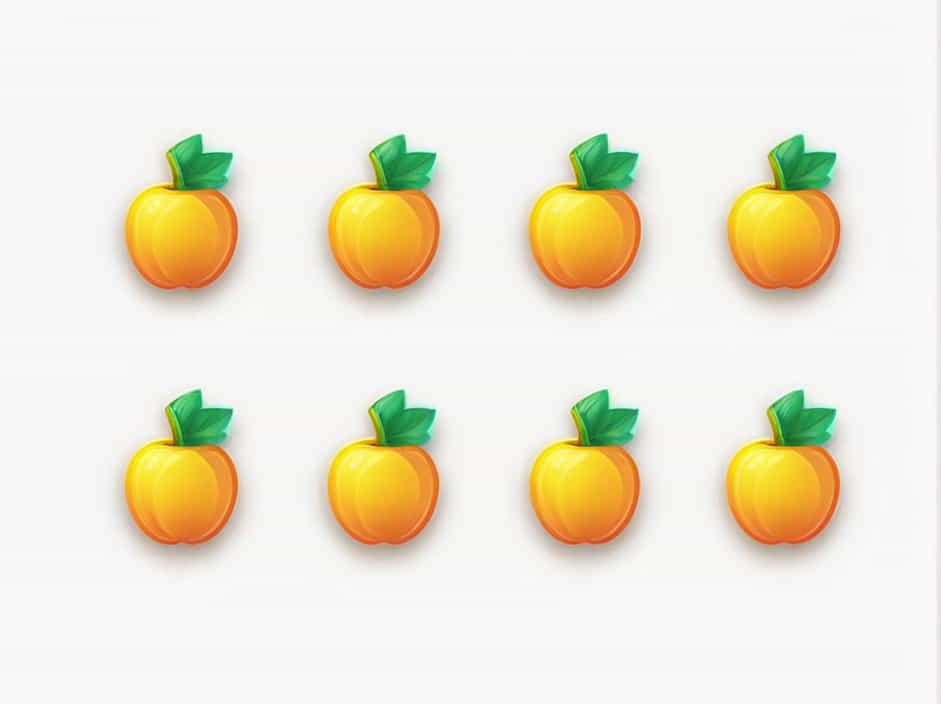When preparing fruits and vegetables, having the right tools makes all the difference. Whether you’re peeling an apple, trimming broccoli stems, or slicing a cucumber, using the proper knife or peeler ensures efficiency and precision.
This guide will cover the best tools for trimming and paring fruits and vegetables, how to use them properly, and tips for keeping them sharp and effective.
What Does Trimming and Paring Mean?
Before we explore the tools, it’s important to understand the difference between trimming and paring:
✔ Trimming – Cutting away unwanted parts of fruits or vegetables, such as stems, leaves, or rough edges.
✔ Paring – Peeling or slicing off the outer layer of a fruit or vegetable using a small, precise knife.
Now, let’s dive into the best tools for these tasks!
Essential Tools for Trimming and Paring
1. Paring Knife
A paring knife is a small, sharp knife with a narrow blade, typically 3-4 inches long. It is the most versatile tool for paring and trimming fruits and vegetables.
✔ Best for: Peeling apples, cutting small fruits, removing blemishes from potatoes.
✔ Blade types: Straight, curved, or serrated.
✔ How to use: Hold the fruit or vegetable firmly and use a controlled motion to remove the peel or trim edges.
2. Vegetable Peeler
A vegetable peeler makes peeling thin-skinned fruits and vegetables effortless.
✔ Best for: Peeling carrots, potatoes, apples, and cucumbers.
✔ Types:
- Y-peeler – Works well for long, straight vegetables.
- Swivel peeler – Adjusts to the shape of the fruit or vegetable for smoother peeling.
✔ How to use: Hold the handle firmly and glide the blade along the skin in a downward motion.
3. Kitchen Shears
Kitchen shears are sharp scissors designed for cutting through tough stems and leaves.
✔ Best for: Trimming herbs, cutting leafy greens, removing stems from peppers.
✔ How to use: Hold the vegetable steady and snip the unwanted parts with the shears.
4. Chef’s Knife
A chef’s knife is a larger, multi-purpose knife that can also be used for trimming thick vegetable stems.
✔ Best for: Trimming broccoli stems, slicing cucumbers, cutting large fruits.
✔ How to use: Use a rocking motion for precise cuts and trimming.
5. Utility Knife
A utility knife is slightly larger than a paring knife and can handle small to medium-sized trimming tasks.
✔ Best for: Trimming bell peppers, cutting small fruits, slicing mushrooms.
✔ How to use: Use a firm grip and controlled slicing motion.
How to Choose the Right Tool for Trimming and Paring
1. Consider the Type of Fruit or Vegetable
✔ Soft fruits (tomatoes, peaches): Use a serrated knife or peeler.
✔ Hard vegetables (carrots, potatoes): A paring knife or vegetable peeler works best.
✔ Leafy greens (kale, lettuce): Kitchen shears make trimming easy.
2. Handle Comfort
A comfortable, ergonomic handle ensures better grip and control, reducing the risk of slipping.
3. Blade Material
✔ Stainless steel – Resistant to rust and corrosion.
✔ Carbon steel – Extremely sharp but requires maintenance to prevent rust.
4. Sharpness and Maintenance
✔ Keep knives sharp by honing them regularly.
✔ Store knives in a knife block or sheath to protect the blade.
Tips for Trimming and Paring Fruits and Vegetables
✔ Use a stable cutting board – Prevents slipping and ensures precise cuts.
✔ Cut away from your body – Reduces the risk of accidental cuts.
✔ Use short, controlled strokes – Especially when paring small fruits.
✔ Rinse and dry tools after use – Keeps them clean and extends their lifespan.
FAQs About Trimming and Paring Tools
1. Can I use a chef’s knife instead of a paring knife?
Yes, but a paring knife is better for small, delicate tasks, while a chef’s knife is more suitable for larger vegetables.
2. Is a serrated knife good for peeling fruits?
A serrated knife works well for soft-skinned fruits like tomatoes and peaches but is not ideal for hard-skinned vegetables.
3. How often should I sharpen my knives?
Regular home cooks should sharpen their knives every few months, but professionals sharpen them weekly.
4. What’s the best tool for trimming herbs?
Kitchen shears are the best option for trimming and cutting fresh herbs.
5. Can I use a vegetable peeler on all fruits and vegetables?
A vegetable peeler works well for most thin-skinned produce but is not ideal for thick-skinned fruits like pineapples.
Having the right trimming and paring tools makes food preparation easier and more efficient. Whether you’re using a paring knife, vegetable peeler, kitchen shears, or chef’s knife, choosing the right tool for the task ensures precision and safety.
By maintaining your tools properly and using the correct techniques, you’ll improve your cooking experience and make meal prep a breeze! 🍎🥕
